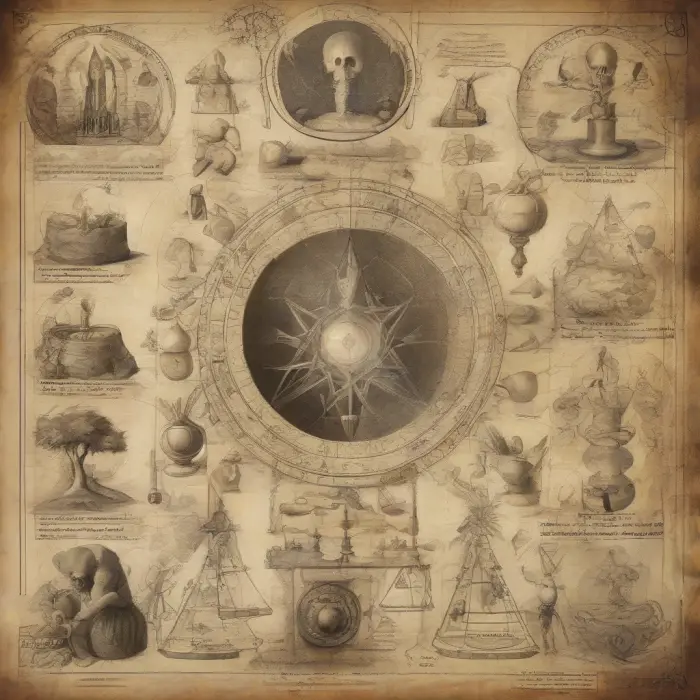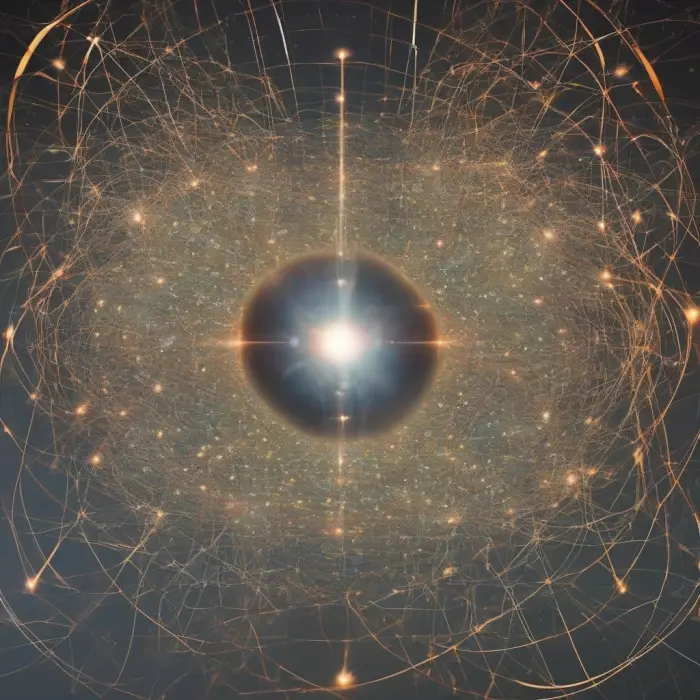The Intriguing Science of Time Travel: Facts and Theories
The idea of time travel has often been depicted as some form of science fiction, existing only in the realm of movies, novels and the wild imagination of dreamers. However, the intriguing science behind this concept is entirely grounded in established physics, rich with theories and facts that have been postulated by some of the greatest minds in the scientific world. These theories of time travel explore the possibilities and constraints of traveling not only forwards but also backwards through time.
The Theory of General Relativity
Time travel, in its most basic interpretation, refers to the concept of moving between different points in time, in a similar way to how one might move between different points in space. The idea first gained scientific credibility through Einstein's theory of General Relativity. In this model, time and space are interwoven into a four-dimensional fabric known as spacetime. Objects, including planets and stars, cause this 'fabric' to curve, resulting in the effects we perceive as gravity.
Einstein also proposed that the fabric of spacetime could be bent to such an extent that it folded back onto itself effectively creating a shortcut, called a wormhole. Theoretically, a wormhole could create a tunnel between two different points in spacetime. This would, hypothetically, allow for travel backwards and forwards through time an idea that has become a staple in the realm of science fiction.
The Theory of Special Relativity
An equally fascinating theory comes from Einstein's other monumental work the theory of special relativity. In this theory, Einstein suggests that time slows down or speeds up depending on how fast you move relative to something else. This effect, known as 'time dilation', is not merely hypothetical.
Scientists have actually observed time dilation with precise experiments using atomic clocks. When two atomic clocks were compared one kept stationary on Earth and the other sent up into space and then returned, it was noted that the one sent into space had recorded a slower time. This suggested that time had indeed 'slowed' down for the moving clock, proof of time dilation and a possibility of time travel to the future.
Time Travel to the Past: Quantum Mechanics
While general relativity permits the possibility of time loops that could potentially be used for backward time travel, it also sets out a number of constraints. Firstly, quantum mechanics - the branch of physics dealing with the very small - suggests such time loops would be highly unstable, and would collapse at the first hint of an attempt to travel through them.
Nevertheless, the possibility still remains a part of theoretical science. Certain interpretations of quantum mechanics, such as the 'many worlds' interpretation, directly imply the possibility of time travel via the formation of parallel universes, which could potentially be visited via these same, highly unstable, quantum time-loops.
Conclusion
The science of time travel remains largely theoretical, constrained by our current understanding of physics and our technical capabilities. However, that does not make it any less intriguing or potentially viable. The theories that we have only begin to skim the surface of this vast, complex topic - many questions remain unanswered, many possible solutions unexplored.
In the infinite realms of the cosmos, there is much that we do not yet understand, but the science of time travel brings us one step closer to understanding the grand mysteries of our universe and pushes the boundaries of human imagination and knowledge.
References
- Einstein, Albert (1916), "Die Grundlage der allgemeinen Relativitstheorie", Annalen der Physik
- Thorne, Kip S. (1994). Black Holes and Time Warps. W. W. Norton. ISBN 978-0-393-31276-0.
- R. B. Laughlin (2005). "The Physical Basis of Time", Physical Review D, v 72, p 024504
Powered by Froala Editor










